A lot of times, people criticize budget-conscious people because the food they manage to buy cheaply isn’t all that healthy (ramen, while dirt-cheap, isn’t that nutritious).
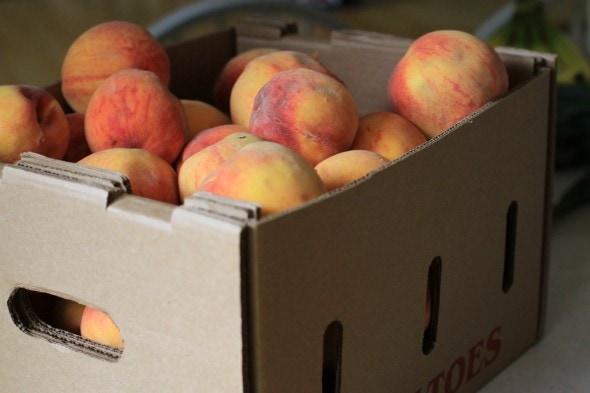
I try hard to make sure that our diets include as much fresh produce as possible, though, and here’s how I do it while staying within my budget.
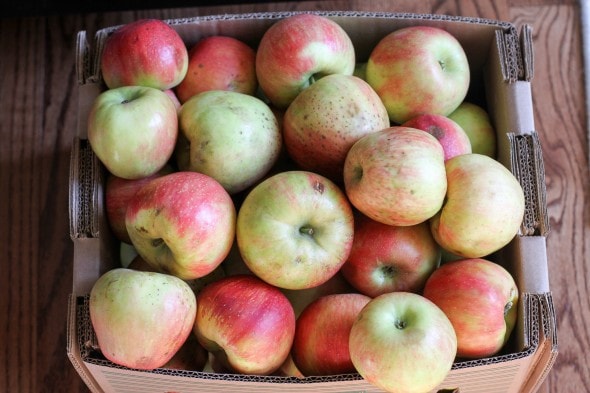
1. I buy produce that is almost always inexpensive.
There are some fresh produce items that are generally sold for an everyday cheap price($1.50/pound or less), and I buy these regularly. These are things like:
- lettuce
- carrots
- bananas
- onions
- cucumbers
- apples
2. I buy what is on sale
Since sticking to cheap staples could get a little boring after a while, I also buy what is on a very good sale.
Generally, grocery stores will have one or two produce items on their front page for a ridiculously low price. I buy a lot of fruits and vegetables for $.99/pound this way.
(The front page of an ad is usually where the cheapest prices can be found. These items are called loss leaders.)
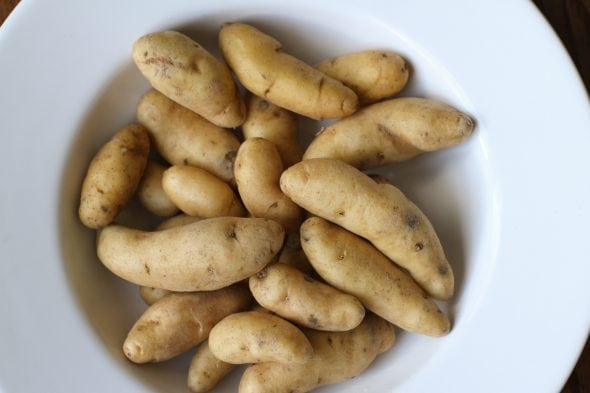
3. We eat what we can get cheaply
What’s on sale varies greatly, and so we have to be kind of flexible.
This means that often are eating what is in season. The loss-leader produce that goes on sale varies…strawberries are cheap in the spring, oranges are cheap in the winter, green beans are cheap in the summer, sweet potatoes are cheap in the fall, and so on.
There is usually something nutritious to be had at a good price as long as you’re not too picky about what it is.
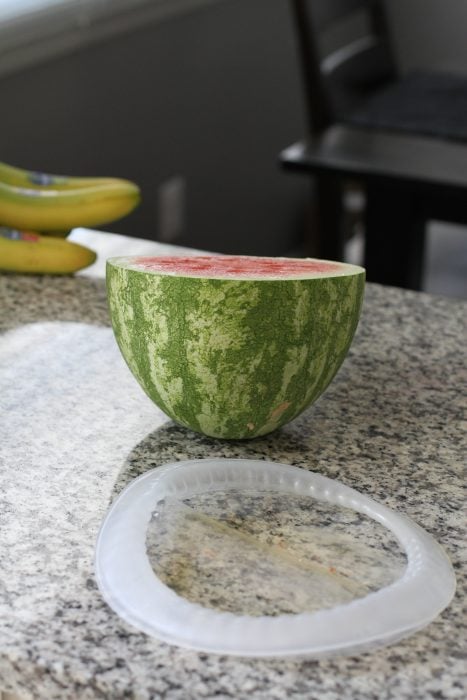
If you want watermelon in December or oranges in July, it will cost you a lot more than it will if you eat oranges in December and watermelon in July.
4. I buy some canned and frozen fruits
To help fill in the gaps when there’s been a lack of loss-leader produce or to supplement my cheaply obtained produce, I buy some canned and frozen fruits.
I use frozen strawberries nearly every day to make yogurt smoothies. They’re around $1.50/pound at Costco, and not much more at Trader Joe’s, which makes them cheaper than the fresh ones even at loss-leader prices.
Frozen blueberries are also much cheaper than their fresh counterparts and can be used in smoothies, pancakes, and muffins.
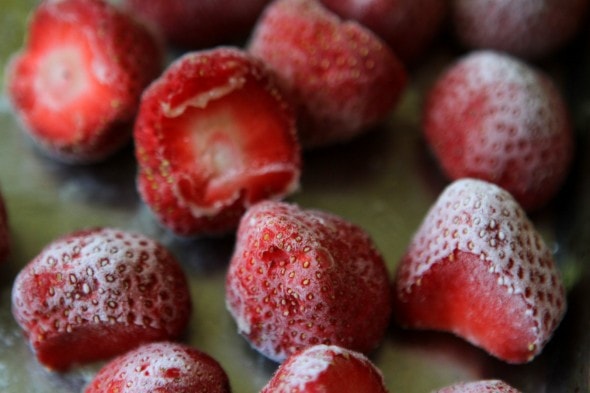
Since berries are frozen pretty promptly after they’re picked and thus don’t have to be picked before they’re ripe, they are often fresher and sweeter than the unfrozen berries in the grocery store.
And from what I’ve read, freezing causes no greater loss of nutrients than does picking berries prior to their maximum ripeness, transporting them for miles, and letting them sit on a shelf in the grocery store for a few days.
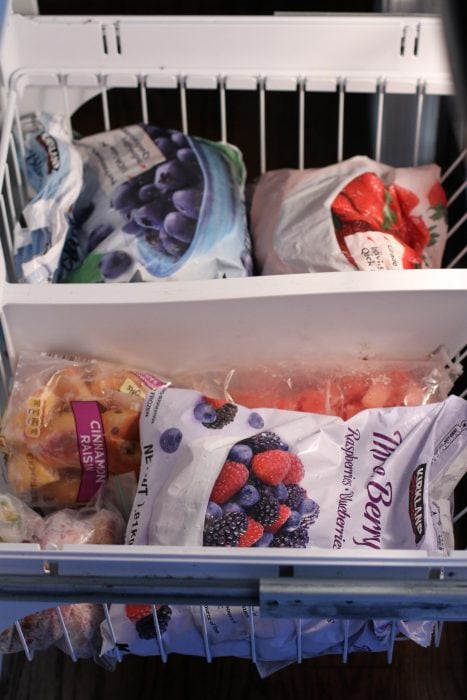
We don’t enjoy frozen vegetables very much aside from frozen corn, but if you and your family will eat them, they’re a good cheap option.
About the only canned fruits I buy are peaches and mandarin oranges. I combine these with whatever miscellaneous fresh fruits that I happen to have around and top them with a splash of orange juice to make a fruit salad.
I don’t buy any canned vegetables (aside from tomato products), because I hate the way they taste.
Also, unlike freezing, canning does destroy a fair amount of nutrients, so I prefer to stick to fresh or frozen.
5. I buy bruised produce.
At the farm stand near me, I keep an eye out for boxes of bruised peaches and apples from August-October.
We eat them like crazy at the time, and I also freeze the peaches and turn the apples into applesauce.
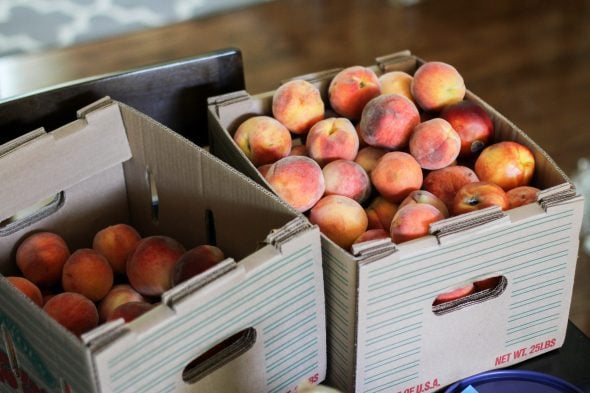
6. I get Hungry Harvest deliveries.
Hungry Harvest rescues ugly or over-produced food and then delivers it to households at pretty affordable prices.
Click here to give Hungry Harvest a try.
How do you keep your produce spending down?
P.S. I know someone will wonder why I don’t garden. Two reasons: my yard is really shady, and also, I kind of hate gardening. 😉
I do grow mint, basil, and green onions, but that’s the extent of it!

How I plan my menu. « The Frugal Girl
Wednesday 13th of August 2008
[...] plan around the produce sales and fill in with produce that is a bargain all the time(more on that here). Of course, as I go along, I write down all of the necessary purchases on my grocery [...]
Kristen
Tuesday 22nd of July 2008
That's awesome, Bethany. I paid $1.80 for peaches at the farmer's market on Saturday...they've gone on sale for $.99 at my regular grocery store, but they're not local peaches(which means that they're not ripe and soft and juicy like the ones from the farmer's market). Anyhow, local is great, especially if it's cheaper. It's better for the environment and usually tastes better.
I work the upscale grocery stores here for their front-page sale prices. I'm sure they hate customers like me...I go there, stock up on a really good sale item or two and buy nothing else. =P Stores like Safeway and Giant usually have nicer meats than my regular store does, so I buy pretty much all my meat there on loss-leader sales.
Bethany
Tuesday 22nd of July 2008
I don't know what things are like in your neck of the woods, but around here I've been finding produce at ridiculously cheap prices at our upscale grocery store Kowalski's. Strawberries here have been around $2 a pound while at my normal grocery store Cub they've been around $4!!!!!!! Peaches too have been .99 at Kowalski's and 2.99 at Cub! A benefit too is that the produce at Kowalski's is usually a better selection than Cub. I think this is because they buy from local sellers so the money I pay goes more towards the fruit than the transportation of the fruit. So don't count out those upscale places completely. : - )